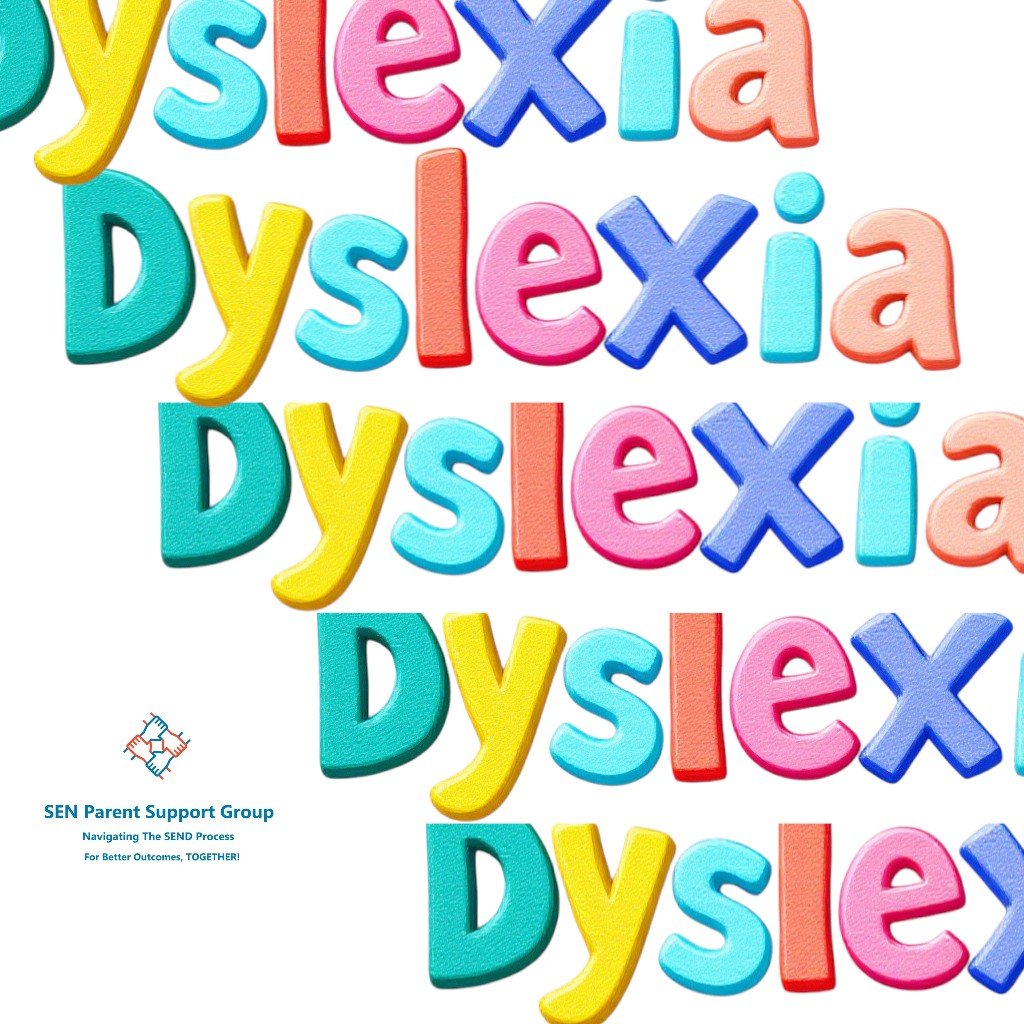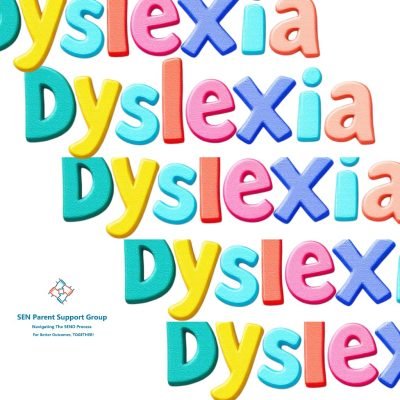Spotting Early Signs, Understanding Hidden Struggles, and Everyday Classroom Supports
Starting the Dyslexia conversation early can transform a child’s educational journey. Many learners who wrestle with decoding and spelling don’t yet realise there’s a name for their challenges. By tuning into subtle patterns some rooted in language processing, others in confidence we can offer practical, in-classroom accommodations that make school feel more accessible from day one.
SEN Parent Support Group has found that most Dyslexic pupils are not identified early enough and have highlighted areas that could raise concerns to both parents and teachers.
Early Clues That Something’s Different
Children who haven’t been formally identified with Dyslexia often display a constellation of small but consistent behaviours:
- Letter and Sound Confusion
Swapping or reversing letters (“b” for “d,” “was” for “saw”) on multiple occasions, beyond the age-typical mirror errors. - Slow or Laboured Reading
Reading one sentence multiple times to make sense of it, or relying on pictures to guess words rather than sounding them out. - Spelling Variability
Inconsistent spelling of the same word in one paragraph, even after it’s been corrected. - Expressive Struggles
Excellent ideas in conversation but difficulty transferring thoughts to paper, often resulting in short, incomplete sentences.
How Hidden Dyslexia Shows Up in the Classroom
Without awareness of dyslexia, these indicators can be mistaken for laziness or inattentiveness. Look for patterns like:
- Avoidance of Reading-Heavy Tasks
A child volunteering to skip reading aloud or “forgetting” homework if it involves long passages. - Over-Reliance on Memorization
Preferring to memorize entire words or passages instead of decoding, leading to errors in new or unfamiliar vocabulary. - Frequent Requests for Clarification
Asking “What does that word say?” multiple times, even when it’s on the board. - Emotional and Behavioural Triggers
Frustration, withdrawal, or outbursts when asked to write essays or give oral presentations.
Universal Accommodations in the Classroom
By not addressing these signs within Education early enough it can lead to perception issues and ultimately mental health decline. Click here to read a paper on these links by R.Gibby-Leversuch (2021).“Results suggest that children and young people with literacy difficulties and/or dyslexia may be at greater risk of developing negative self-perceptions of themselves as learners”
Dyslexia-friendly supports don’t require specialist budgets, in fact many are part of a typical teacher’s toolkit and can be provided under Ordinarily Available Provision. Click here for a visual on Dyslexia accommodations.
Reading Supports
- Chunk text into shorter paragraphs or bullet points.
- Provide audiobooks or text-to-speech options (built into most tablets and PCs).
- Allow use of reading rulers or coloured overlays to reduce visual stress.
Writing and Spelling Strategies
- Offer word banks or glossaries for new vocabulary.
- Encourage use of speech-to-text software for drafting longer responses.
- Permit the handwritten plan with bullet points before the full write-up.
Organizational Boosters
- Share daily checklists with clear, numbered steps.
- Use graphic organizers (mind maps, flowcharts) to structure ideas visually.
- Assign consistent seating near the board to support tracking and note-taking.
Assessment Adjustments
- Grant extra time for written tests and reading passages.
- Allow oral responses in place of extended written answers when appropriate.
- Offer a reader or scribe for high-stakes exams, drawing on existing teaching assistant support.
Often these adjustments can remove the key barrier(s) to learning thus ensuring that what the learner has understood can be communicated in a way which puts them on a par with their peers whilst playing to their strengths.
Cultivating Confidence and Independence
Beyond accommodations, fostering a growth mindset empowers students to view challenges as surmountable:
- Celebrate decoding progress, no matter how small.
- Teach self-advocacy: role-play asking for extra time or clarifying questions.
- Integrate peer-buddy reading, pairing a dyslexic learner with a classmate.
When early signs are met with empathy and concrete classroom strategies, children discover that dyslexia is not a dead end but a positive and different pathway to learning.
More to Explore
For more SEN Parent Support Group Blogs click here
Want to be part of a collaborative peer support group focussing on SEND Education? Click here
Need access to our resource hub which includes template letters, quick guides and resources – all categorised for easy access. Subscribe today for your free download and then to Access all Areas which includes 8 CPD Parent Training Webinars. Click a file of interest below to get started!
Communicating With School
SEN Support Before EHCP
All Things EHCP
- LETTER: To The LA When They Do Not Include Private Assessments In Your Draft EHCP
- LETTER: Responding To A Substandard EHCP Draft
- RESOURCE: Preparing for Mediation (EHCPNA Refused)
- LETTER: When the LA Refuse To Do A SLCN (salt) Or OT Assessment During EHCPNA
- LETTER: Asking LA To Consult School of Choice During EHCPNA
Attendance, Exclusions & Sanctions
- LETTER: To School When They Fail To Progress After Part Time Time-Table
- VLOG: How To Communicate To Prevent The Threat of Fines!
- GUIDANCE: Government Guidance on Suspension/Exclusion – England
- RESOURCE: Parent Admin – Spreadsheet for recording school events.
- GUIDANCE Penalty Framework © SEN Parent Support Group
Complaints
- LETTER: To School When Whole School Approach To Adjustments Is Not Applied Consistently (IEP or EHCP)
- RESOURCE: LGO Outcomes
- LETTER: Right to Choose Rejection 3 Step Complaints Letters
- RESOURCE Core Deficit Supporting Tool ©SEN Parent Support Group
- LETTER: To SENCO Ref: APDR Prior to Stage 1 Complaint









